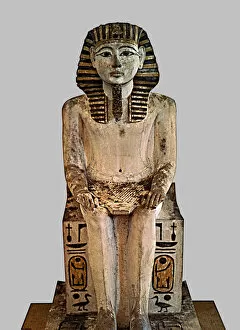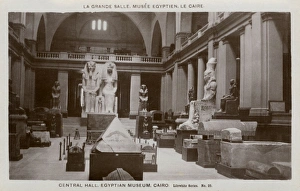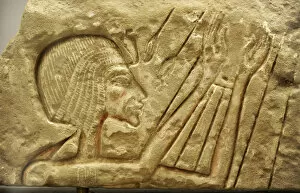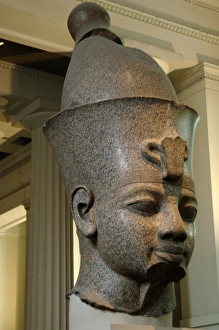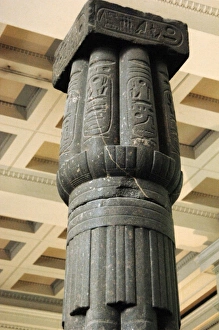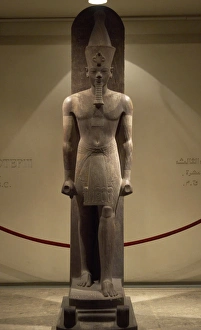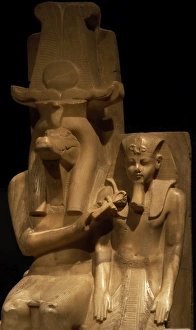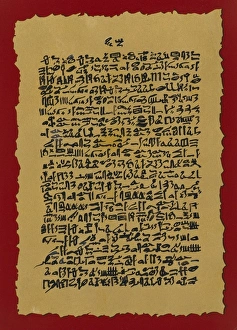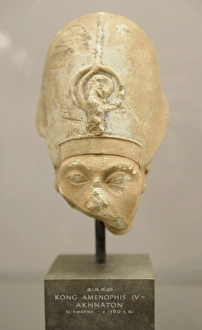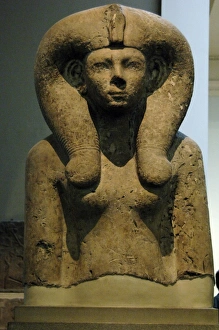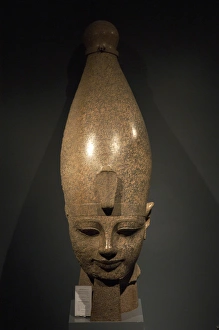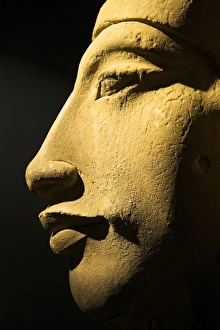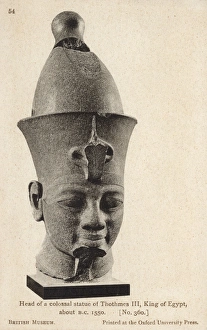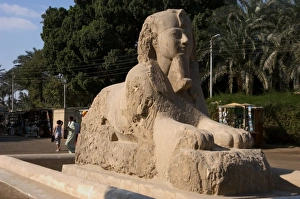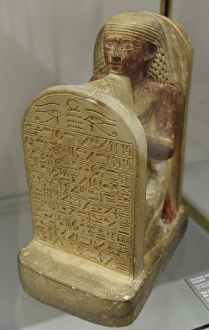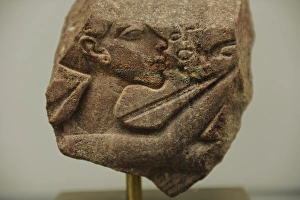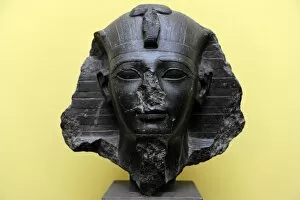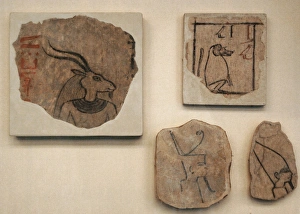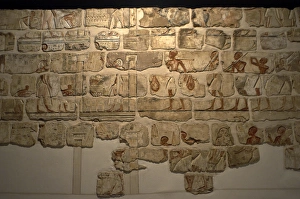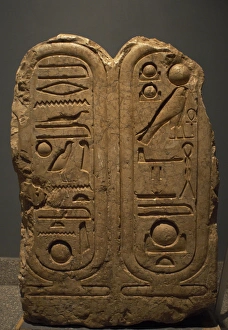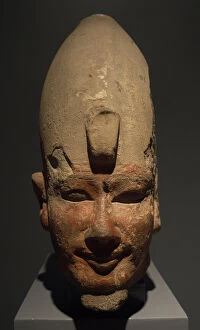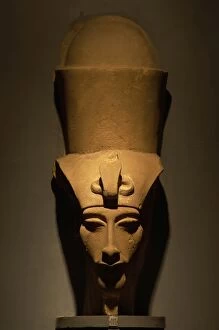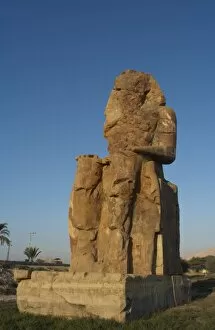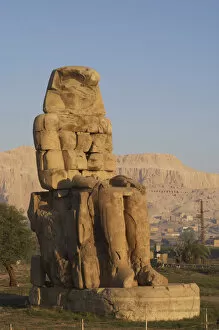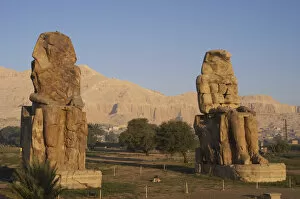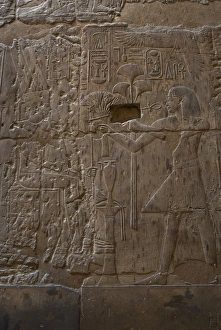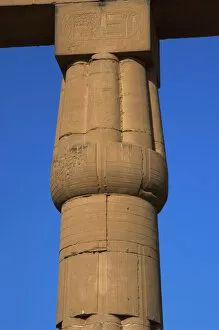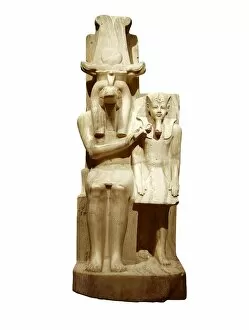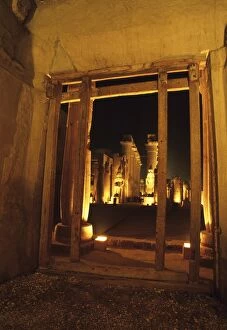Amenhotep Collection (page 2)
Amenhotep, a name that resonates through the ancient halls of Egyptian art
All Professionally Made to Order for Quick Shipping
Amenhotep, a name that resonates through the ancient halls of Egyptian art. From the iconic Nefertiti bust to the intricate relief depicting Akhenaten, Nefertiti, and their three children, Amenhotep's influence is undeniable. Crafted with meticulous detail using limestone and stucco, these masterpieces now find their home in the Neues Museum. Exploring further into Amenhotep's legacy, we encounter breathtaking sights such as the Memnon Colossi standing tall against time's relentless march. The entrance to his tomb beckons us with an air of mystery and reverence. The head from a monumental statue believed to be Amenhotep III captivates our imagination with its regal features. A papyriform column transports us back to an era where hieroglyphs adorned every surface. Intriguingly, statues III alongside Sobek reveal his devotion to both religion and power during his reign from 1390-1352 BC. The Ebers Papyrus serves as a testament to his contributions in medicine and healing practices. Journeying along Egypt's Luxor West Bank unveils yet another marvel - The Colossi III guarding the Northern Gate. These colossal statues stand as silent sentinels amidst a landscape steeped in history. As we step foot inside the tomb II, we are transported into a world shrouded in enigma and wonderment. Each artifact whispers tales untold; each wall painting reveals secrets long forgotten. Amenhotep - a pharaoh whose name echoes across millennia through magnificent works of art and architectural wonders left behind for generations to admire and ponder upon.

